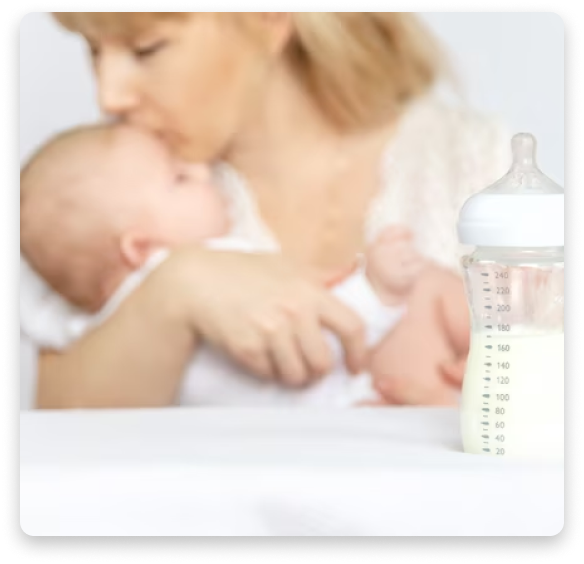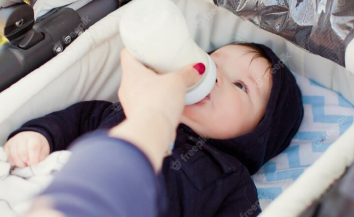Articles
 Breast Issues & Cancer
Breast Issues & Cancer
 Fertility & IVF
Fertility & IVF
 Pregnancy & Post Partum
Pregnancy & Post Partum
 Nutrition & Weight
Nutrition & Weight
 Child Care & Parenting
Child Care & Parenting
 Living with : Blood Pressure & Heart Rate Issues
Living with : Blood Pressure & Heart Rate Issues
Breast Issues
How To Get Pregnant
Contraceptives
Medical Conditions Affecting Fertility
Sexually Transmitted Infections
Pregnancy Overview
Pregnancy: Nutrition & Exercise
Pregnancy: Common Conditions/Illnesses & Solutions
Pregnancy: Shopping checklists and Bookreading Lists
Post Pregnancy: Delivery, Breastfeeding and Postpartum Care
Weight Management
Baby Care Basics
Breastfeeding
Bottle-feeding your baby
Parenting the crying infant
Baby Sleep
Blood Pressure
Products
You may also like…
"Pumping milk is a labor of love that helps ensure your baby has the best nutrition possible."
Pumping
Briefly explain what breastmilk pumping is and why it is important for mothers who choose to breastfeed
- Breastfeeding a baby 8 times a day can be a very daunting process for a working woman, most new mamas find this duty difficult to fulfill. Pumping is best for women who are at a risk of running late to work, cannot get their hands on their babies during work routine and come home tired as ever. A breast pump not only allows you to store milk, but also helps maintain a good milk supply in your breasts, helps relieves engorgement (hard, swollen breasts due to excessive milk storage) and creates a backup for when you’re out of milk. Major reasons why people pump breast milk are latch difficulty, facilitating someone else feeding their baby, building a backup storage, relieving engorgement, aiming at increasing milk supply, having premature infants who cannot breastfeed.
How to pump the milk?

- Gather all the equipment you may need such as a breast pump, flanges (the part that fits over the nipple and areola), tubing, and bottles or bags to collect the milk. Ensure that everything is clean and ready to use.
- Choose a comfortable position, if you just went under the knife, you may want to choose the football hold. Read our content on breastfeeding positions here.
- Fit the flanges: ensure the flanges fit snugly over the nipples and areola, but not so tight that you feel any discomfort or pain. A proper fit helps the pump to extract as much milk as possible.
- Switch the pump “on,” start at the lowest setting initially and slowly increase the suction intensity. Adjust the speed according to your need.
- Your session should extend for as long as there is a milk supply, you might want to try a breast massage or a warm compress to help stimulate the milk flow. Once the milk starts to flow, continue pumping for 10 to 20 minutes, or until the flow slows or stops.
- Clean your equipment thoroughly, after pumping it is important to clean the pump and all of its components to prevent growth of bacteria.
Newborns | Pump atleast once a day |
Older babies- gets more efficient at breastfeeding | Pump once or twice a day once baby is over 6 months old |
Working mothers | Pump every 2-3 hours |
Exclusive pumping- baby does not breastfeed | Pump every 2-3 hours |
Nighttime pumping | Not necessary to do so! Pump when you can |







